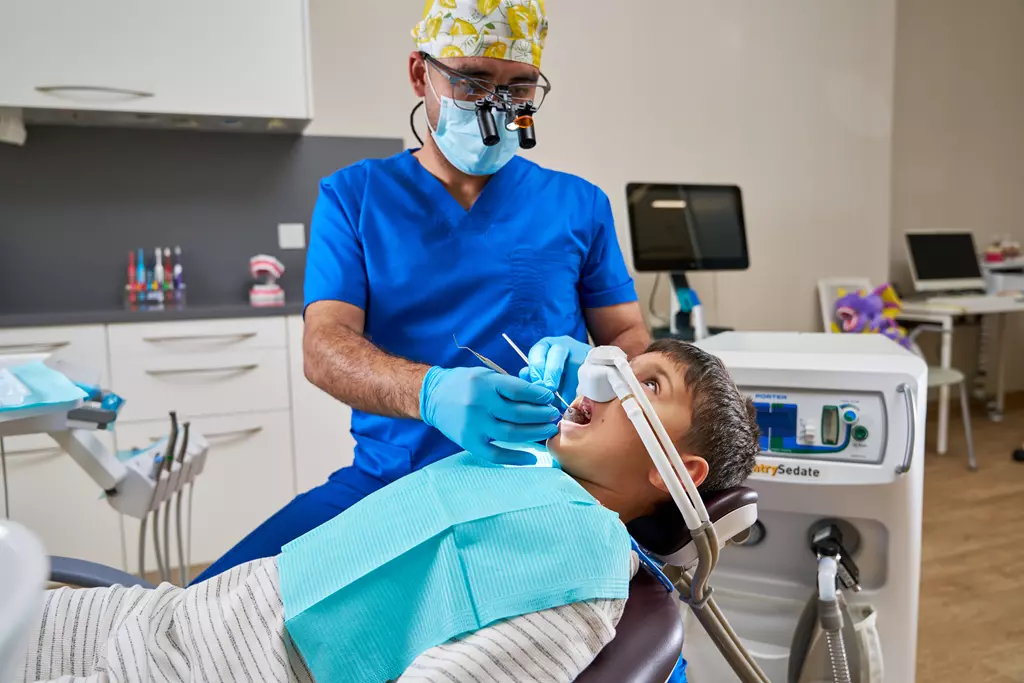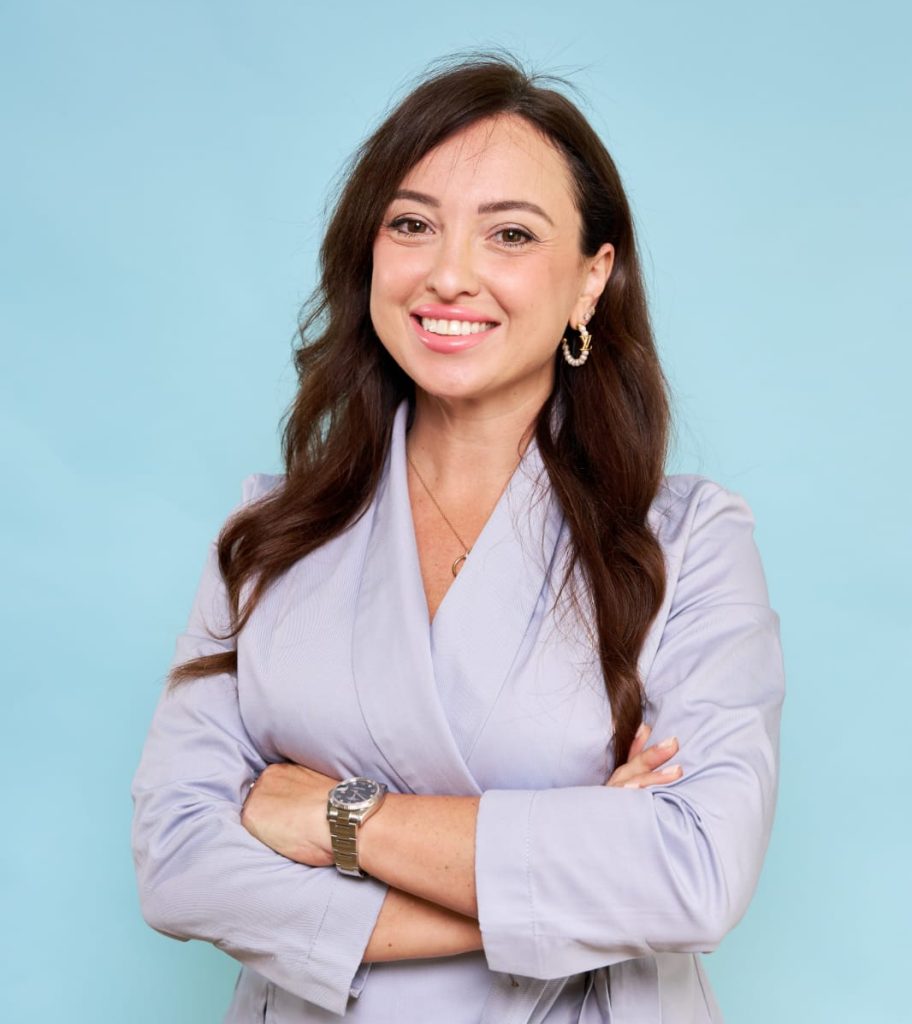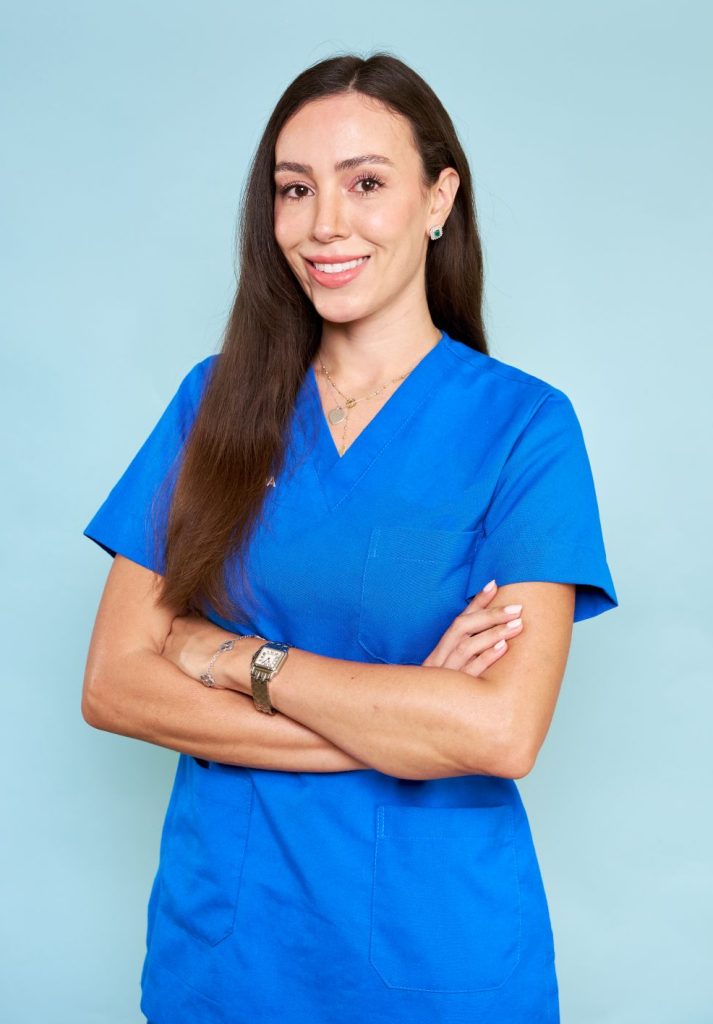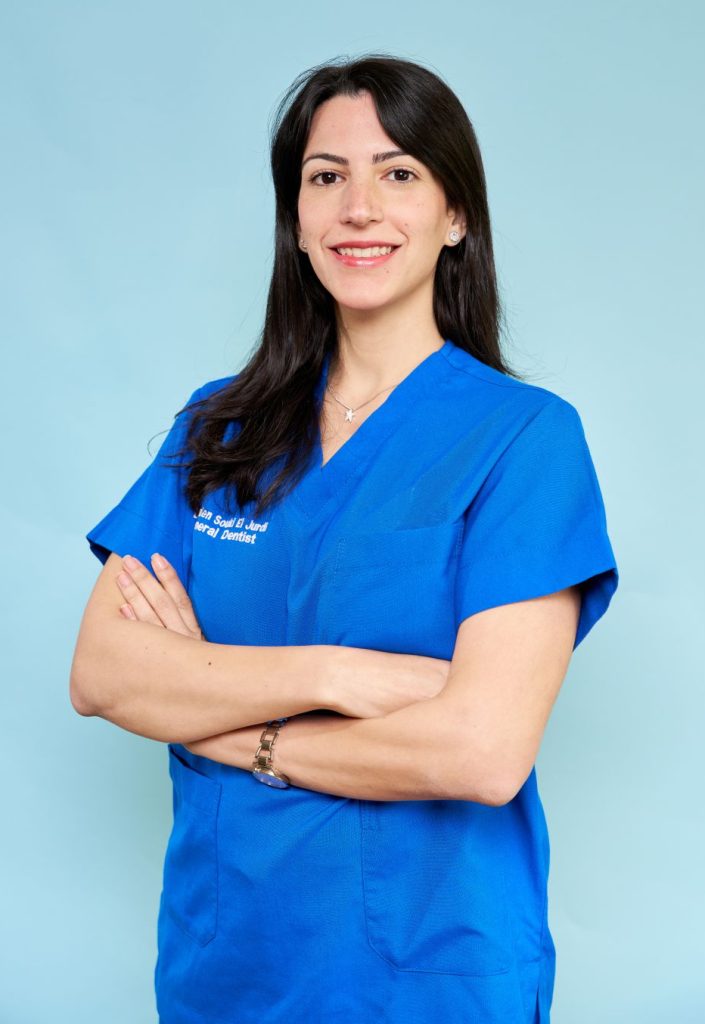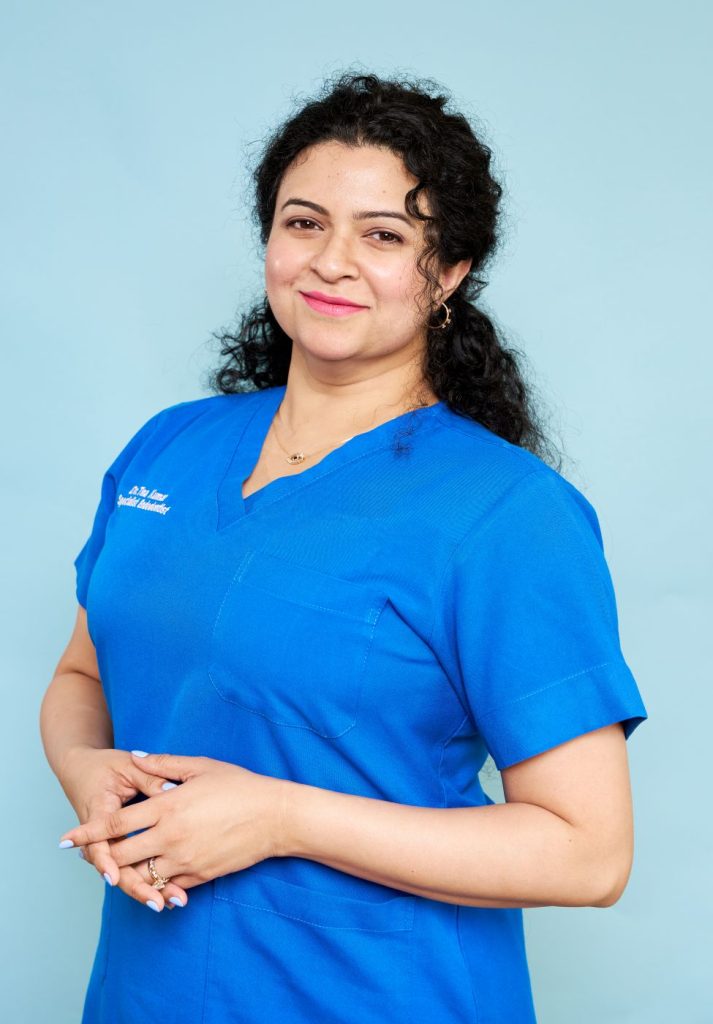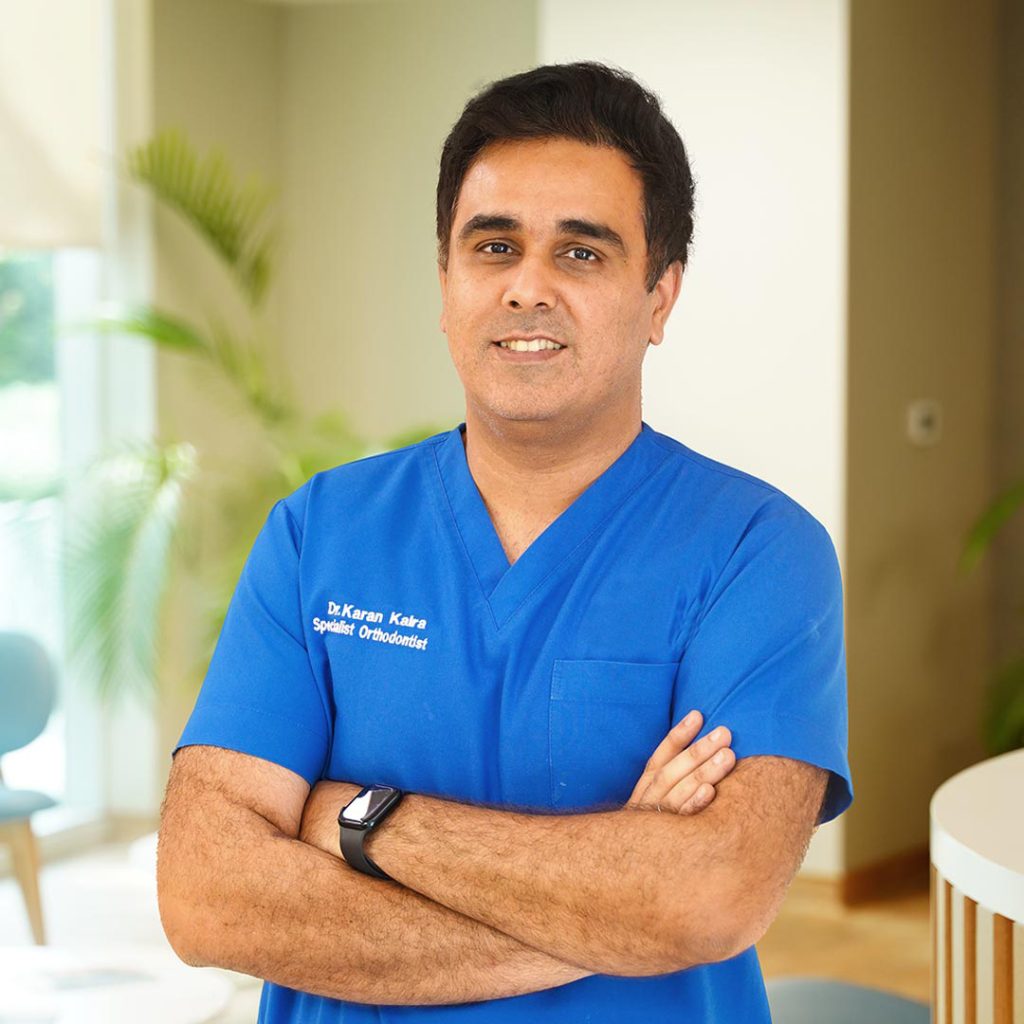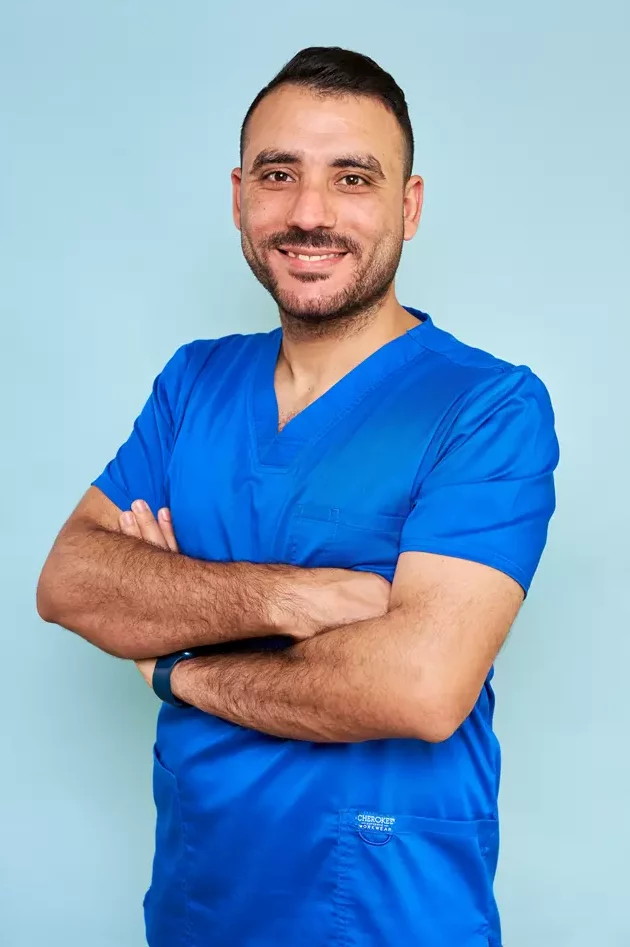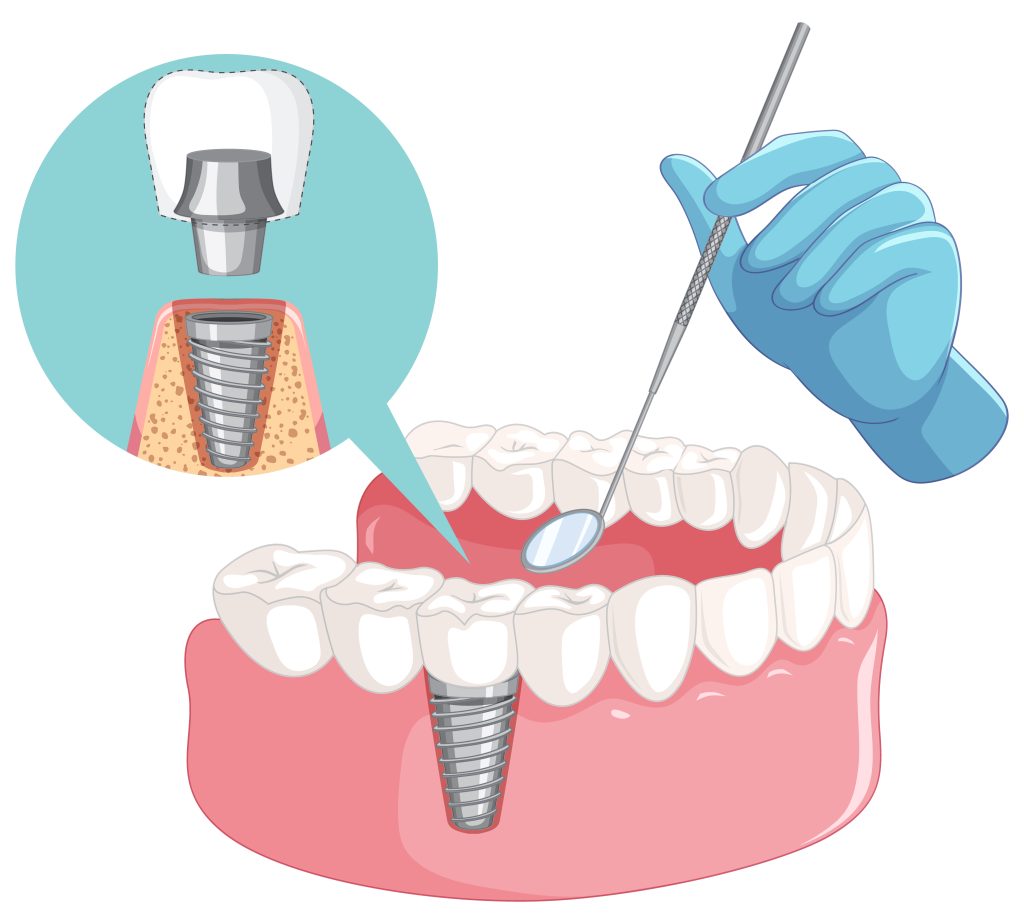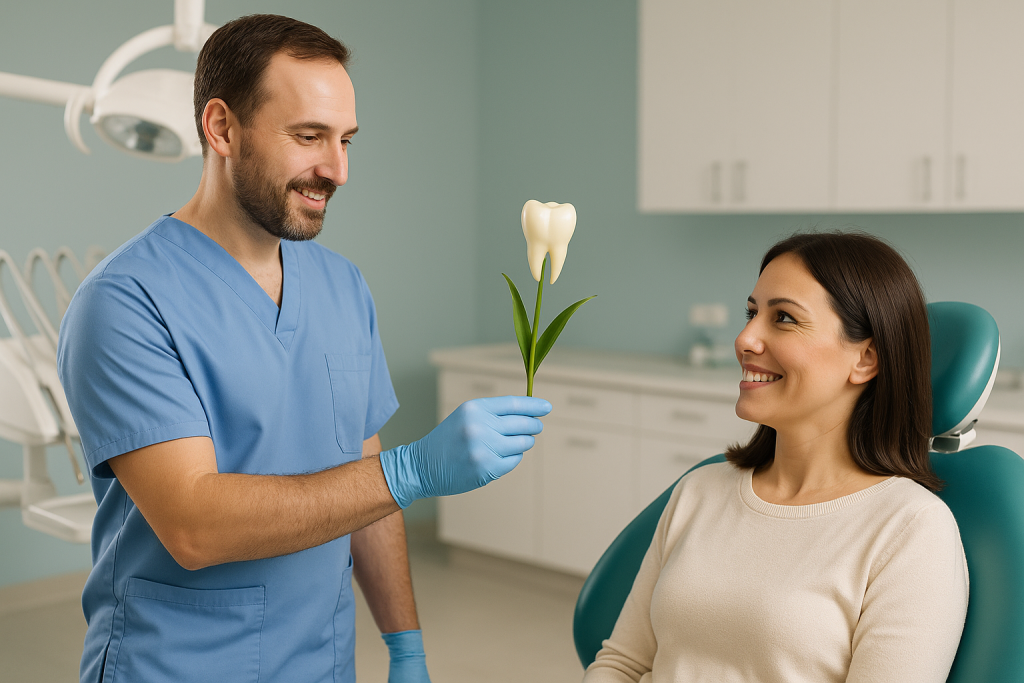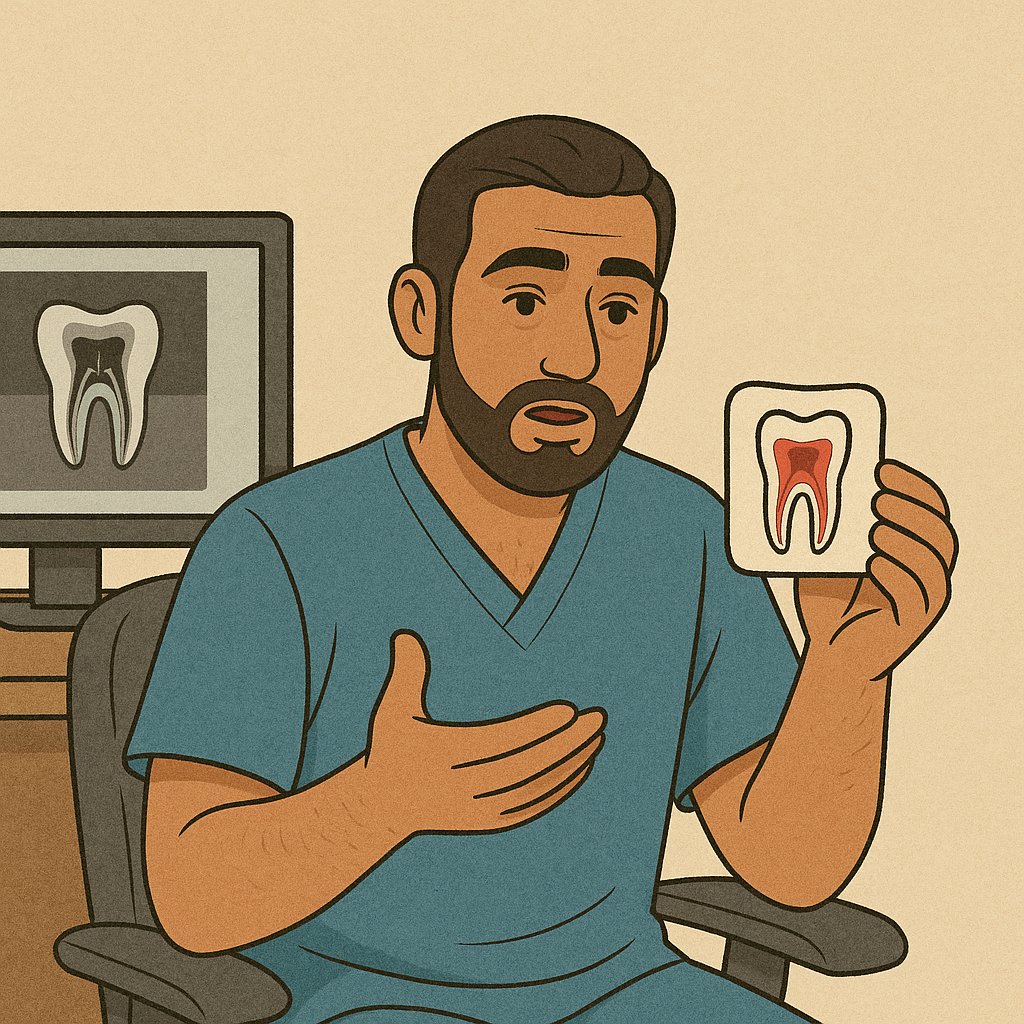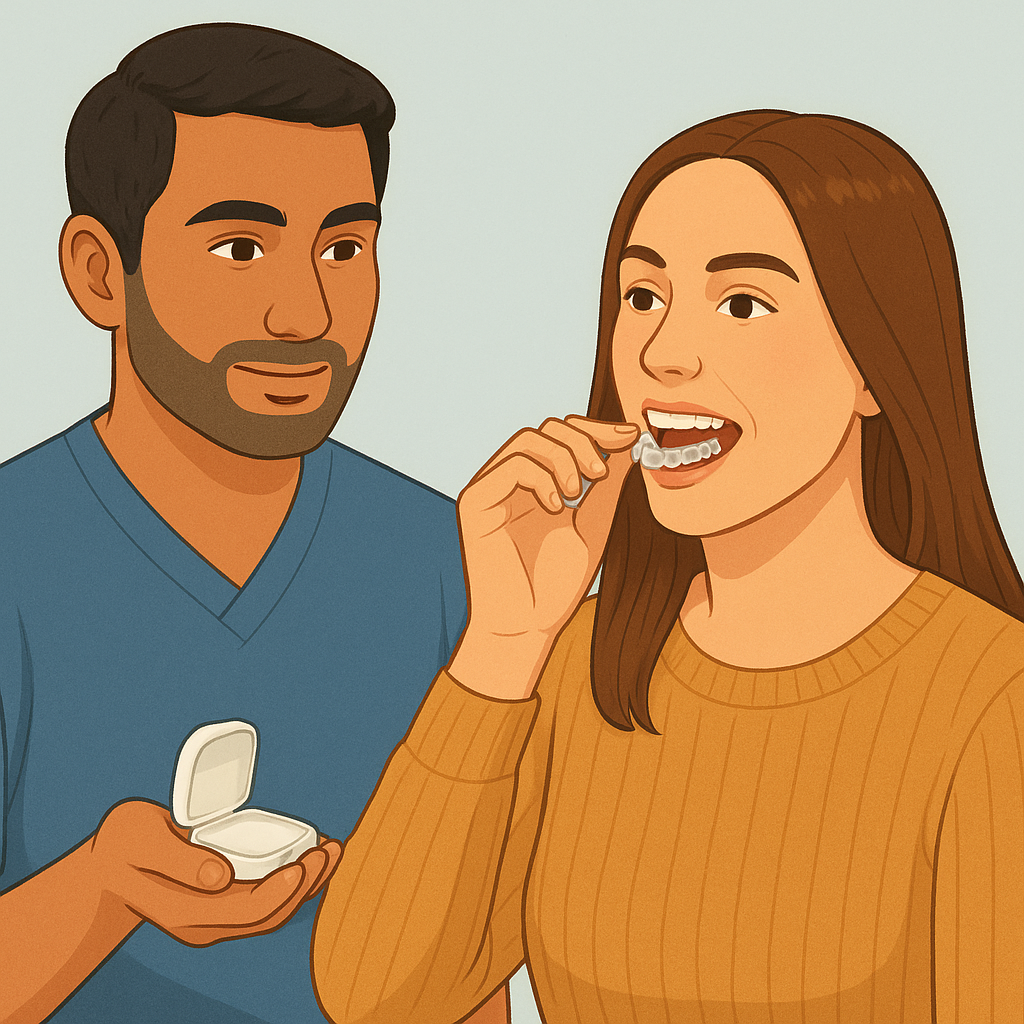What Is Nitrous Oxide in Dentistry and How Does It Work?
Nitrous oxide is a mild, inhaled sedative that has been a trusted part of pediatric and family dental care for generations. Combined with oxygen and delivered through a small nose mask, it gently calms the patient without putting them to sleep.
When we use nitrous oxide for dental treatment, patients stay fully awake and responsive. They can talk, breathe on their own, and interact with the dentist throughout treatment, but feel more relaxed, less afraid, and often even a bit giggly — which is how it earned the nickname laughing gas.
Gentle sedation is very helpful for easing nerves and building confidence in children who are new to the dental chair.
Here’s what sets our approach apart:
- We offer laughing gas even for simple treatments like fillings or cleanings, because comfort matters at every step.
- Our Al Reem Island clinic is bright, calm, and welcoming, it is designed to feel safe from the very first visit.
- Each member of our team is specifically trained to care for children with patience, kindness, and a no-force approach.
When Is Laughing Gas a Good Option?
In dentistry, sedation isn’t only for major procedures. We use laughing gas in Abu Dhabi for many different patients and situations:
- Children with dental anxiety or fear of needles
- Kids with sensory sensitivities or special needs
- Toddlers coming for their first dental visit
- Patients undergoing longer procedures like multiple fillings
- Anxious adults who want to avoid panic during the procedure
If you’re looking for a kids’ dentist with laughing gas in the UAE, you’ll find one right here at TRUE SMILE.
Is Nitrous Oxide Safe for Children?
Nitrous oxide is a thoroughly proven and reliable sedation method, widely accepted in pediatric dentistry. When mixed with oxygen, nitrous oxide doesn’t harm a child’s body and is naturally expelled within minutes after treatment. It’s gentle on the system, does not trigger allergic reactions, and plays a key role in reducing emotional stress and fear around dental visits.
When administered following proper guidelines, nitrous oxide is entirely safe. At TRUE SMILE Dental Center, we follow all sedation protocols rigorously, ensuring that your child’s safety and well-being come first.
As noted by the American Dental Association (ADA):
The inhaled mixture of nitrous oxide and oxygen is a safe and effective means of managing pain and anxiety in dentistry.
We take that responsibility seriously, and every member of our team is trained to make the experience as safe and comfortable as possible.
How Does Sedation Feel for the Child?
Here’s how sedation works at TRUE SMILE Dental Center: after a short play and friendly conversation, the dentist gently puts a soft mask on the child. With just a few breaths a blend of nitrous oxide and oxygen, the child relaxes and we start the treatment right away.
It’s important to note that sedation doesn’t replace local anesthesia. In many cases, we still numb the treatment area, but thanks to the calming effect of nitrous oxide, children barely notice the injection.
Children often describe the feeling as light, warm, and peaceful — like floating while still being fully aware of their surroundings. There’s no fear, no resistance, and no panic. For teens, the experience is often described as a pleasant mental break, making the appointment feel more manageable and far less stressful.
When You Should Not Choose Laughing Gas?
Sedation with laughing gas may not be suitable for:
- A child with impaired nasal breathing (such as from a cold, adenoiditis, sinusitis, or an exacerbation of allergic rhinitis)
- A child with an extremely intense fear of doctors (stomatophobia)
- A child who is unable to communicate with the doctor (due to age or an underlying medical condition)
- A child who has had a traumatic brain injury within 3 months (or more recently) before the dental treatment
- A child struggling with chronic otitis during an active flare-up
- A child with epilepsy or seizure disorders
What should we do before coming in for sedation?
Here’s a quick checklist for parents:
- Keep meals light: just a small snack about 2 hours before the appointment
- Let your child know they might feel a little silly or sleepy — and that it’s totally normal
- Stay calm and positive: your mood really sets the tone
- After the visit, your child can resume most activities, but we suggest a quiet rest of the day

